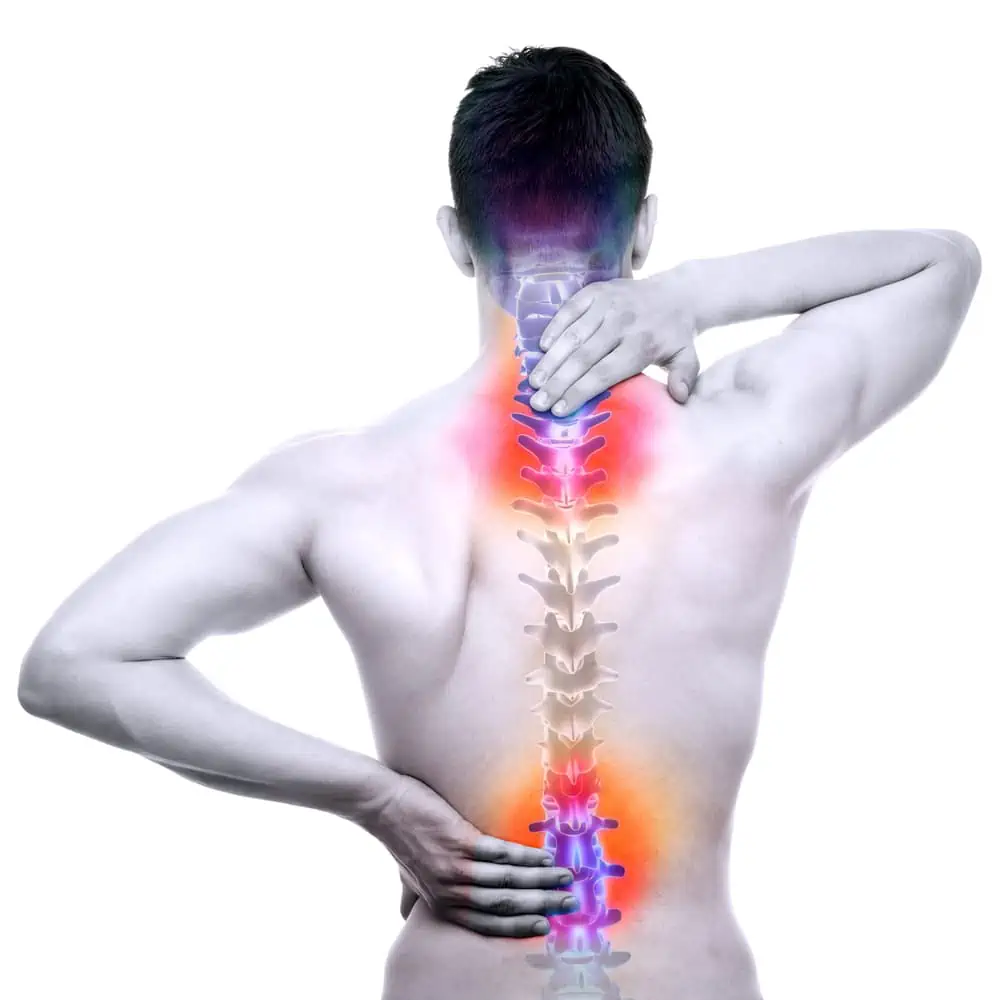Chiropractor. Pain professional. Primary care physician. Acupuncturist. When it comes treating your pain, there are a lot of routes you can choose. But evaluating your options, sifting through the plethora of information out there and determining the best plan of care for your particular situation can be an overwhelming task. Understanding the differences between your options can be the first step toward getting the best possible care. Let’s start with primary care physicians and pain management doctors.
The Benefits of Primary Care
Primary care physicians (PCPs) see roughly 52% of the chronic pain patients receiving treatment in the U.S.[1] Of the remaining patients, 40% see chiropractors, 7% see acupuncturists and 2% see pain physicians. Clearly, PCPs are trusted and sought out as one of the first lines of defense in pain care. Much of that is likely due to their training and relationship with patients, in addition to their ability to refer patients to a variety of specialists and coordinate care accordingly.
Primary care physicians are highly trained in the medical field. In addition to four years of medical school, PCPs usually spend three to seven years in internship and residency programs – typically in either family medicine, internal medicine or pediatrics.[2] During that time, they receive training in diagnosing and treating the most common health problems, in addition to perfecting the interpersonal communications skills necessary to work effectively in a 1-on-1 patient environment.
Since PCPs work with a consistent patient base, guiding individuals through multiple instances of illness or injury, they have the opportunity to form closer relationships with their patients than many specialists do. This can contribute to greater knowledge about each patient, better communication and increased levels of trust.[3]
Primary Care and Pain
PCPs are no doubt knowledge on a wide variety of conditions and health issues, but there are areas in which their training differs from than that obtained by specialists. One such region is pain. According to the book Relieving Pain in America, while treating pain is an essential aspect of primary care, “there are strong indications that pain receives insufficient attention in virtually all phases of medical education.”[4] In other words, there are indicators that the treatment of pain is not being taught adequately in medical schools, residency programs or even continuing education courses.
As of 2011, only four U.S. medical schools offered a required course specifically on the topic of pain, although the topic was covered in a general course at 80% of schools. Canadian schools, in comparison, had twice the hours of instruction on pain topics. The Journal of Pain study which presented this finding concluded that “pain education for North American medical students is limited, variable, and often fragmentary.”[5]
Understandably, many primary care physicians don’t feel adequately prepared to manage pain. In fact, in a survey of 500 PCPs, “only 34% reported feeling comfortable treating people with chronic noncancer pain.”[4]
That’s where pain specialists come in.
Coordinated Care with Pain Specialists
A 2011 report from the Institute of Medicine recommended that “primary care physicians – who handle most frontline pain care – should collaborate with pain specialists in cases where pain persists.”[6] That’s because the training pain physicians receive makes them especially qualified to deal with long-lasting or difficult to treat pain.
Advanced Pain Management physicians, for instance, are well-trained in the area of pain. They’re highly educated and credentialed in pain management and anesthesiology, in addition to possessing specialty internship and fellowship training. (A fellowship occurs after a residency and provides more training in a desired subspecialty.) Throughout all of this training, pain specialists gain an in-depth knowledge of the physiology of pain, in addition to a thorough understanding of the skills necessary to perform interventional, pain-reducing procedures. They also study the specialized tests necessary for diagnosing pain conditions and the appropriate prescribing methods for pain medications.[7]
While most providers don’t require a referral from your PCP, they are committed to working with your existing healthcare team to coordinate your care for the best possible outcome. This may also include working with other specialists, including physical therapists and behavioral health providers, to adequately address all aspects of your pain condition. By incorporating a team from an array of specialties, each with their own strengths and skills, you can be assured of a personalized, effective care plan best suited for your needs.
[1] Breuer, Brenda, Ricardo Cruciani, and Russell K. Portenoy. “Pain Management by Primary Care Physicians, Pain Physicians, Chiropractors, and Acupuncturists: A National Survey.” Southern Medical Journal 103, no. 8 (August 2010): 738-47.
[2] The Road to Becoming a Doctor. Washington, D.C.: Association of American Medical Colleges.
[3] Parchman, Michael L., Sandra Burge. “The Patient-Physician Relationship, Primary Care Attributes, and Preventive Services.” Family Medicine 36, no. 1 (2003):22-7.
[4] Institute of Medicine (US) Committee on Advancing Pain Research, Care, and Education. Relieving Pain in America: A Blueprint for Transforming Prevention, Care, Education, and Research. Washington, D.C.: National Academies Press, 2011.
[5] Mezei, Lina, and Beth B. Murinson. “Pain Education in North American Medical Schools.” The Journal of Pain 12, no. 12 (December 2011): 1199-208.
[6] “Report Brief: Relieving Pain in America: A Blueprint for Transforming Prevention, Care, Education, and Research.” Institute of Medicine of the National Academies, June 2011.
[7] “The Specialty of Chronic Pain Management.” The American Society of Regional Anesthesia and Pain Medicine. 2014. Accessed March 14, 2016. https://www.asra.com/page/44/the-specialty-of-chronic-pain-management.












